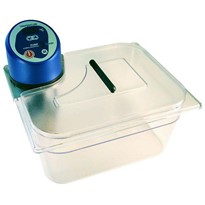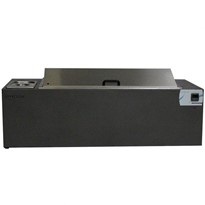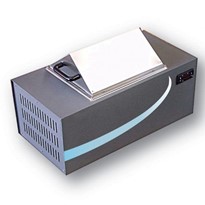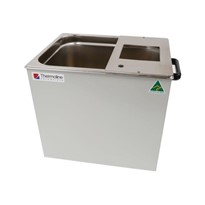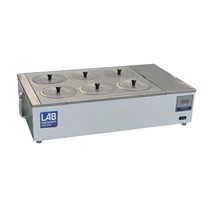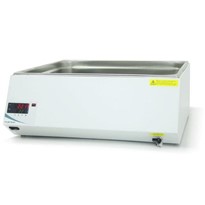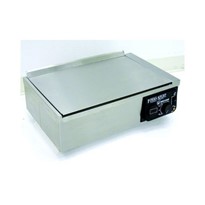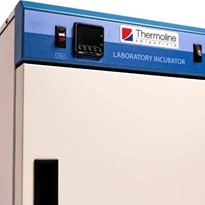Laboratories widely use water baths to provide a consistent and controlled heating environment for samples and equipment. Water baths are not the only choice when stable temperatures are required. Their use will be governed by the sample type and temperature choice. When they can be used, they provide great temperature stability and heat transfer to the samples.
When it comes to water baths, two primary types are available: circulated water baths and uncirculated water baths. The purpose of this article is to provide a comparison of features and benefits between two types of water baths in order to assist researchers in selecting the best option to fulfill their specific requirements.
Please note that this article relates to heat-only water baths and not refrigerated water baths such as the TWBRC-12.
Laboratory Circulated Water Baths:
Water baths that circulate are fitted with integrated pumps (like the TWB-24D-CP) or stirring devices that produce a circulating water stream inside the bath. Alternatively, the heating and stirring can be provided by an external heater circulator like the TU3 used together with a TWBC-24 bath. This circulation guarantees that heat is evenly distributed throughout the water, preventing temperature differences and hot spots. Circulated water baths generally come with digital temperature controllers that enable precise temperature adjustment and upkeep.
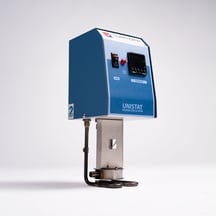
Advantages of Circulated Water Baths:
Uniform Temperature Distribution: The primary advantage of circulated water baths is their ability to maintain a uniform temperature throughout the water bath. This feature is crucial when working with temperature-sensitive samples, as it ensures consistent conditions for reliable and reproducible experiments.
Enhanced Heat Transfer: The circulating water flow promotes better heat transfer between the water and the samples, resulting in faster heating and cooling times. This efficiency can significantly reduce the time required to reach the desired temperature for experiments.
Improved Temperature Stability: Circulated water baths with precise temperature controllers offer excellent temperature stability. The ability to maintain a constant temperature with minimal fluctuations is vital for experiments requiring stringent temperature control, such as enzyme reactions and protein denaturation studies.
Compatibility with External Equipment: Many circulated water baths come with external circulation ports or connections, allowing researchers to attach additional external equipment, such as condensers or other temperature-controlled devices. This versatility expands the potential applications of the water bath and enables researchers to create complex experimental setups.
Uncirculated Water Baths:
Uncirculated water baths, also known as non-circulating or static water baths, do not have built-in pumps or stirring mechanisms. In these baths, the water remains stationary, and temperature control is usually achieved through simple analogue or digital temperature controllers.
Advantages of Uncirculated Water Baths:
Simplicity and Affordability: Uncirculated water baths are generally more straightforward in design and operation compared to circulated water baths. As a result, they are often more budget-friendly and suitable for laboratories with limited resources or simpler temperature control needs.
Quiet Operation: The absence of a pump or stirring mechanism makes uncirculated water baths quieter during operation. This can be advantageous in research settings where noise reduction is desired.
Reduced Risk of Contamination: Since the water remains stationary, there is a lower risk of sample contamination from splashes or spills that could occur in circulated water baths. This feature can be crucial when working with hazardous or infectious materials.
Ease of Maintenance: Uncirculated water baths are generally easier to maintain and clean compared to circulated water baths, as there are fewer moving parts involved.
Choosing the Right Water Bath for Your Laboratory:
The decision between a circulated water bath and an uncirculated water bath depends on the specific requirements of your laboratory experiments and research applications. When selecting a suitable water bath, it is important to take into account the following factors:
Temperature Control Needs: If your experiments demand precise and uniform temperature control, a circulated water bath is likely the better option. For less critical applications, an uncirculated water bath may suffice.
Experiment Time Constraints: Circulated water baths offer faster heating and cooling times due to enhanced heat transfer, which can be beneficial when time is a limiting factor.
Budget and Space Constraints: Uncirculated water baths are generally more affordable and require less space. If budget and available space are concerns, an uncirculated water bath may be the practical choice.
Experimental Flexibility: If you need to integrate external equipment or create more complex experimental setups, a circulated water bath with external circulation ports may better suit your needs.
So, which is best?
Both circulated water baths and uncirculated water baths serve essential roles in laboratories, providing precise temperature control for a wide range of experiments. Circulated water baths offer uniform temperature distribution, improved heat transfer, and better temperature stability. They are ideal for experiments requiring high precision and consistency. On the other hand, uncirculated water baths offer simplicity, and affordability, and reduced risk of contamination. They are suitable for less critical applications and laboratories with budget constraints.
We discussed the importance of maintaining uniformity in the heated bath, particularly when introducing cold samples. This is because a circulated bath allows for better heat transfer, resulting in a quicker return to uniformity. However, it should be noted that an uncirculated bath with a lid left to reach equilibrium can also achieve similar levels of uniformity.
The choice between a circulated and uncirculated water bath ultimately depends on the specific requirements of your research and the level of temperature control needed. By carefully evaluating your laboratory needs and considering the advantages of each type, you can make an informed decision that ensures optimal results and the efficiency of your scientific endeavours.


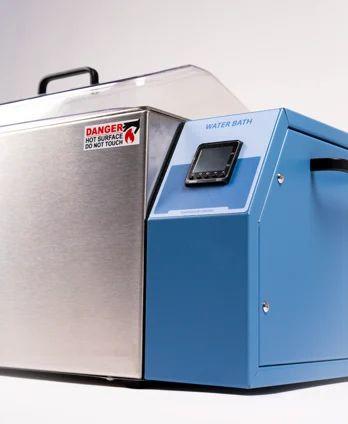
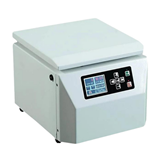




-160x160-state_article-rel-cat.png)
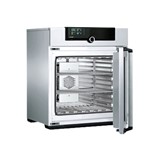
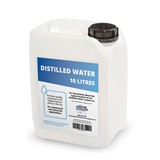
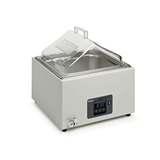

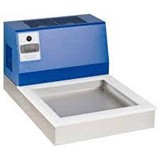

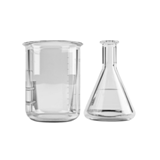




(2)-205x205.jpg)
